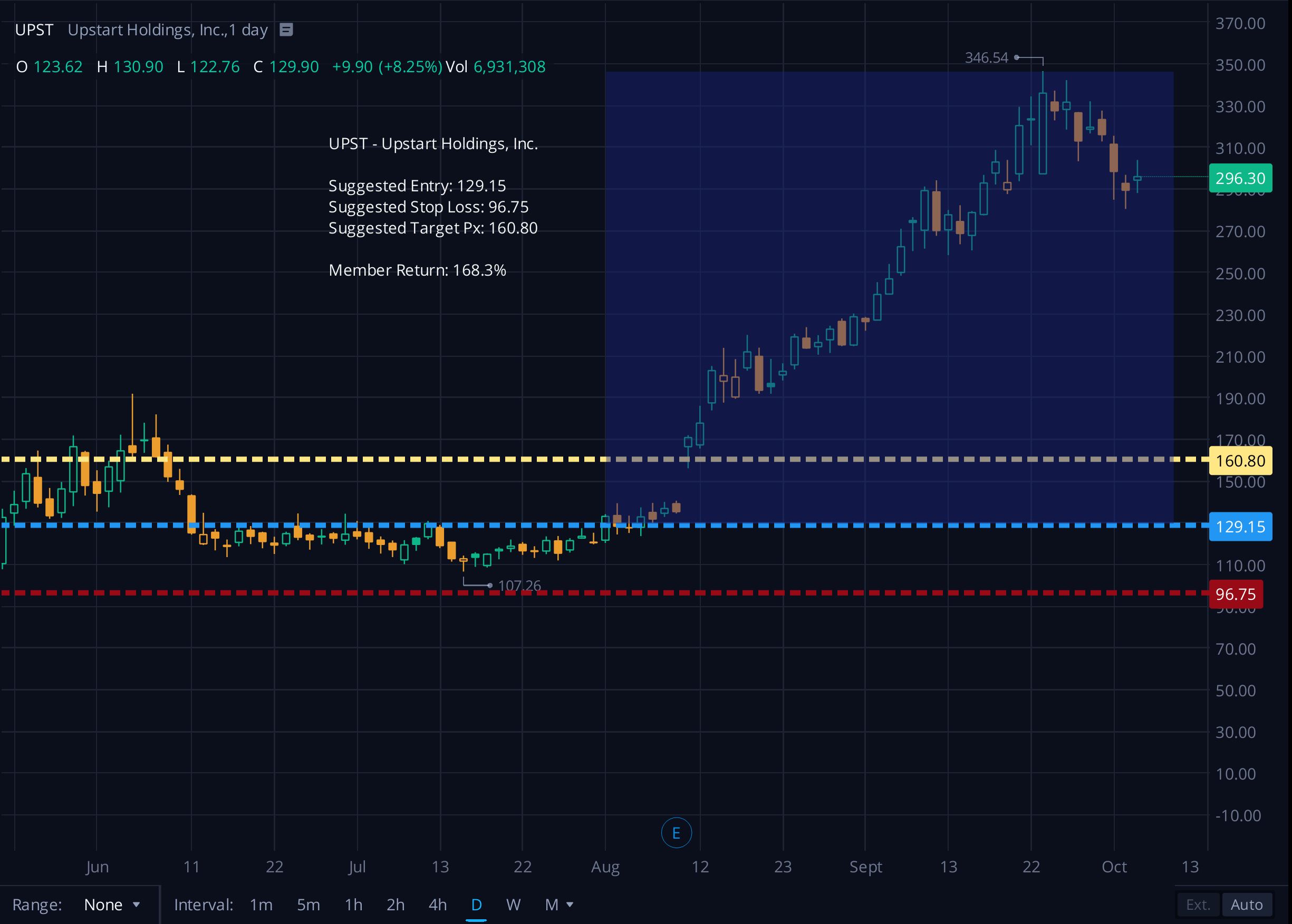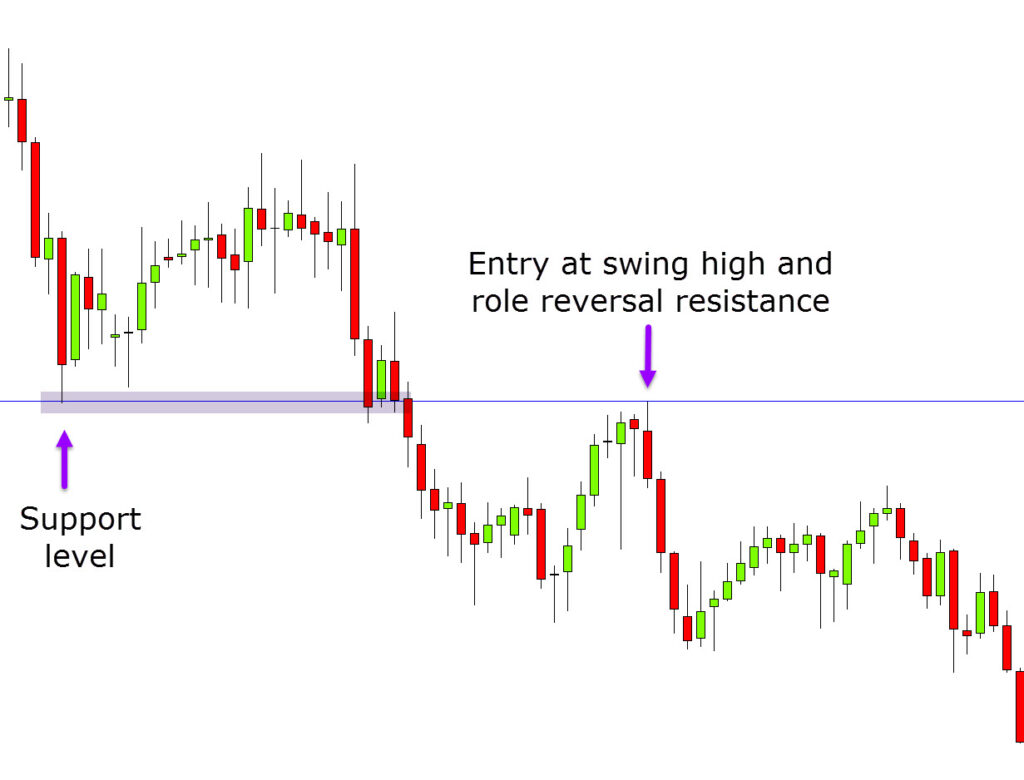Swing trading options can be a lucrative endeavor, but it requires careful money management to mitigate risk and maximize returns. This guide will provide you with comprehensive insights into the nuances of swing trading options money management, empowering you to make informed decisions and safeguard your financial interests.

Image: www.theswingtradingclub.com
Understanding Swing Trading Options
Swing trading options involves holding positions for more than a single day but less than several weeks. Swing traders seek to capitalize on short-term price movements by analyzing market trends and identifying potential trading opportunities. Options are derivative contracts that grant the holder the right, but not the obligation, to buy or sell an underlying asset at a specified price on a predetermined date.
Risk Management Strategies
Effective risk management is paramount in swing trading options. Here are some essential strategies to minimize losses and enhance profitability:
-
Position Sizing: Determine the appropriate number of contracts to trade based on your account balance and risk tolerance. Start with small positions and gradually increase them as you gain confidence and experience.
-
Stop-Loss Orders: Implement stop-loss orders to automatically close positions when the market moves against you, preventing catastrophic losses. Set stops at key support or resistance levels or track the Percentage of Loss (PnL) to manage risk.
-
Profit-Taking Targets: Establish profit-taking targets to secure gains and avoid market uncertainty. Target realistic profit levels based on your analysis and market volatility.
-
Options Selection: Choose options with appropriate strike prices and expiration dates that align with your trading strategy and risk appetite. Consider the volatility and liquidity of the underlying asset and select options with adequate time value.
Position Monitoring and Adjustment
Once you enter a position, diligent monitoring and timely adjustments are crucial:
-
Tracking Market Movements: Regularly monitor market conditions, fundamental data, and technical indicators to assess the performance of your trades.
-
Adjusting Stop-Loss Levels: Adjust stop-loss levels as per market conditions. Move them higher to protect profits in favorable markets and lower them during periods of volatility.
-
Rolling Positions: Roll your options contracts to a later expiration date or strike price if necessary. This allows you to extend your potential profit horizon or adjust your position to align with changing market dynamics.

Image: www.walmart.com
Hedging Strategies
Hedging involves using other trading instruments to offset the risks associated with a primary position. Consider incorporating the following hedging strategies:
-
Spread Trading: Use multiple options contracts with different strike prices or expiration dates to reduce volatility and create a directional bias.
-
Collar Strategy: Combining a long stock or short call option with a short put option creates a capped upside with a defined downside.
-
Protective Puts: Buy a protective put option to guard against potential downside risks in a long stock position.
Psychological Factors and Discipline
Swing trading options can be emotionally demanding. Adhering to these psychological principles can enhance your performance:
-
Control Emotions: Avoid emotional trading decisions driven by fear or greed. Stick to your trading plan and manage your risk diligently.
-
Cut Losses Early: Accept losses as part of trading. Exit positions promptly when stop-loss levels are triggered.
-
Learn Continuously: Continuously educate yourself, study market trends, and improve your trading strategies to stay ahead of the curve.
Swing Trading Options Money Management

Image: learnpriceaction.com
Conclusion
Swing trading options effectively requires a well-defined money management strategy. By meticulously managing risk, monitoring positions closely, and implementing hedging strategies, you can enhance your potential for success. Remember to stay disciplined, control your emotions, and constantly educate yourself to navigate the dynamics of the options market.






